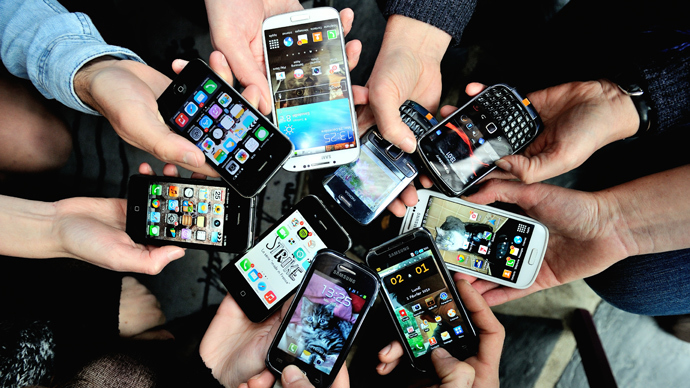Class, Now Take Out Your Cell Phones
By Travis Conradt, Ph.D., Assistant Professor
As college educators in today’s technology-centric learning environment, we often struggle to hold a student’s undivided attention during class as they check their cell phones and email, text and surf the Internet. One strategy can be to ban the use of cell phones, tablets and even laptops in the classroom. In fact, research supports this strategy as recent evidence indicates that taking handwritten notes improves learning and retention of material over typing notes on a computer (Mueller & Oppenheimer, 2014). However, eliminating technology altogether from the classroom may limit learning opportunities for students. In particular, the current generation of college students is extremely tech savvy and will likely need to use technology on a daily basis in their future profession. The question for educators is how can we integrate the use of technology in the classroom so that it is a constructive tool that promotes learning without inviting distraction?
In an effort to answer this question, I worked with Instructional Technology staff members last semester to pilot new classroom technology known as Top Hat. Top Hat is an in-class student response system that allows students to use their own devices (cell phones, tablets, computers) to engage in classroom activities. This provides students with designated times during each class in which they can use their devices for specific classroom purposes. Educators can use Top Hat during class to track student attendance, present lecture material to students’ devices, pose quiz questions with immediate feedback, take classroom polls, engage in discussions, and allow students to ask questions or seek clarification during lecture. Overall, the student feedback to the use of Top Hat in class was overwhelmingly positive. Personally, I noticed that Top Hat allowed all students to become engaged and involved in the class. By having every student answer questions, all students had to pay attention and be prepared and not just students who raised their hand. Also, because responses could be anonymous, it allowed students who may be unwilling to raise their hand and speak in front of the class to become involved in discussions or share an unpopular viewpoint that helped generate more robust discussions.
Based on the positive feedback from the pilot program, the School of Psychology is preparing to fully integrate Top Hat into many undergraduate courses. While seemingly counterintuitive, by inviting students to use their cell phones (or other devices) during class for constructive purposes, it provides faculty an opportunity to expand learning and engagement in the classroom while helping students feed the need to use their devices during class.
References
Mueller, P. A., & Oppenheimer, D. M. (2014). The pen is mightier than the keyboard: Advantages of longhand over laptop note taking. Psychological Science, 25, 1159–1168. doi:10.1177/0956797614524581





